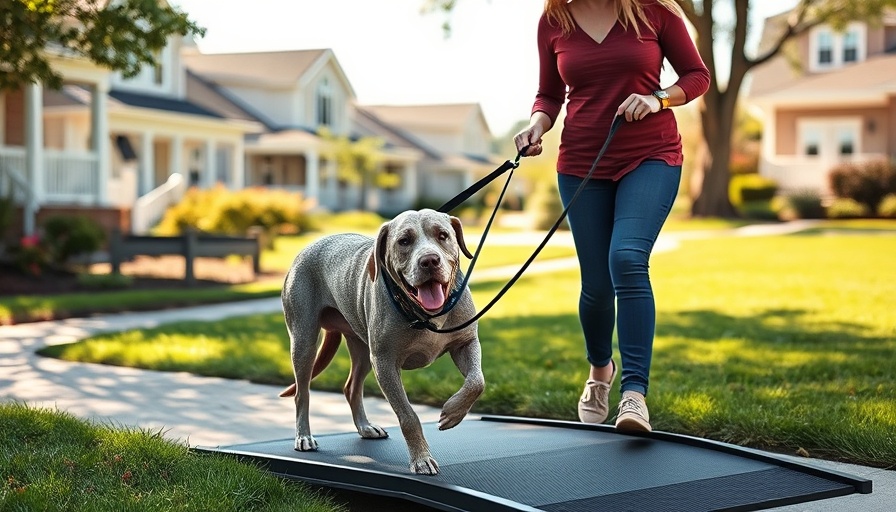
Revolutionizing Geriatric Pet Care: Simple Home Hacks
As our beloved pets age, they face an array of mobility and comfort challenges that can significantly diminish their quality of life. For veterinary practitioners, understanding these issues—not just on a veterinary level, but as a holistic home issue—reinforces the bond between pet owners and their furry companions. In this guide, we'll explore practical home adaptations that can alleviate the struggles of aging pets while ensuring a smoother relationship between owners and their geriatric companions.
Creating Safe Spaces: Slip-proof Solutions
Older pets often suffer from arthritis and joint pain, making it difficult for them to move freely. Slippery surfaces can exacerbate this problem, leading to anxiety, falls, and injury.
Effective Home Modifications:
- Grooming Essentials: Keeping nails trimmed and paw fur neat can significantly improve mobility. Educate owners on routine grooming methods designed for senior pets to maintain comfort.
- Flooring Changes: Introducing yoga mats, rugs, or carpet runners in high-traffic areas can provide essential grip and padding. This simple action can drastically reduce the risk of falls.
- Innovative Tools: Products like Dr. Buzby’s Toe Grips and PawFriction not only enhance traction but also promote mobility and stability. Encourage pet owners to explore these options as they can make a world of difference.
Improving Daily Activities: Accessible Feeding Options
Pain and discomfort are common hurdles for geriatric pets, especially when it comes to fundamental actions like eating and drinking. Simple changes can make a remarkable difference.
Recommended Adjustments:
- Elevated Bowls: Suggesting the use of raised food and water bowls can alleviate strain on older pets' necks and spines. Highlight adjustable stands that accommodate dogs of various sizes.
Empowering Pet Owners: Education is Key
Veterinarians play a crucial role in informing pet families about proactive measures they can implement at home. By educating them about potential challenges and solutions, veterinary teams can instill a sense of empowerment in owners to care for their aging pets.
Fostering an environment where pet owners can learn and ask questions deepens the trust and creates partnerships in care. This ongoing dialogue is vital for addressing the unique needs of geriatric pets, allowing them to live comfortably and confidently.
 Add Row
Add Row  Add
Add 

 Add Row
Add Row  Add Element
Add Element 




Write A Comment